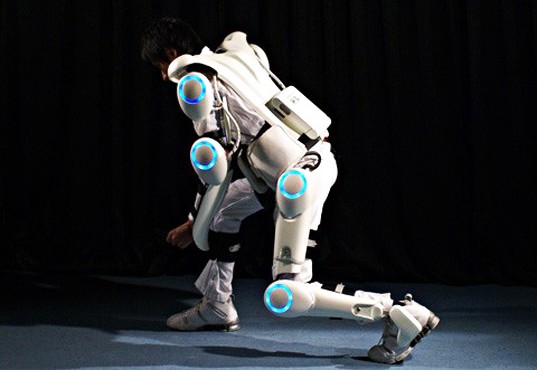
Robotics aren’t a new phenomenon in healthcare; after all, the FDA approved the DaVinci surgical robot 15 years ago. But the field has made huge advances over the past decade, and robotics are now tackling major challenges in healthcare. Robotics are now used for testing and diagnostics, prosthetics development, physical therapy, and health monitoring. Here’s a look at four ways innovations in robotics are changing the face of healthcare.
Magnetic Microbots
The thought of eye surgery is unsettling for most people; after all, scalpels and eyeballs seem like a bad combination. Researchers in Zürich have developed a magnetic microbot that can perform complex eye surgeries without ever needing an incision. The OctoMag is a tiny robot (think a few strands of human hair) that is embedded in the eye with a tiny needle. Magnetic coils placed around the eye give surgeons extraordinarily precise control over the robot’s motions, allowing complex and delicate procedures to be performed in a minimally invasive way, shortening recovery time and reducing the chance of infection.
Mind Controlled Robotic Prosthetics
Johns Hopkins has pioneered a remarkable procedure using neural surgery and robotics that allows amputees to control robotic prosthetic limbs with their minds. The process begins with the design of a modular prosthetic limb (MPL) and the development of a neural interface that reacts to newly enervated nerve impulses in the body to power movement of the limb. Using pattern recognition algorithms, researchers are able to identify individual muscles and the way they contract and communicate with one another and translate that into prosthetic movement.
Bionic exoskeletons are no longer the stuff of sci-fi movies. Ekso Bionics is manufacturing lightweight bionic exoskeletons that are helping victims of spinal cord injuries or strokes walk again. The exoskeletons were originally developed under a grant from the Defense Advanced Research Projects Agency (DARPA) to help soldiers on the field carry heavy loads. Now healthcare professionals are strapping immobile patients into the suits and getting them back on their feet. The results are amazing; according to Ekso Bionics’ CEO, most patients are up and walking up to 200 steps during their very first session.
Personal Care Robotics
Robotics are making huge strides in personal care, a boon to elderly people who want to age at home independently. In Europe, six geriatric patients are testing out life at home with the GiraffPlus robot. Developed with a grant from the EU, the robot collects information from various sensors throughout the home and enables family members and healthcare providers monitor seniors to ensure their safety and healthcare status remotely.
The GiraffPlus tracks temperature, humidity, and motion. It can be configured to notify caregivers if a window or door is opened or closed, appliances are turned off or on, and even health metrics such as fluctuations in weight, blood pressure, blood sugar, and pulse. In the U.S., educational programs such as the one at Adelphi University, are exploring the relationship between health information and personal care robotics.
Healthcare robotics is a rapidly growing field and offering individuals with health challenges to pursue an independent lifestyle.
 Gearfuse Technology, Science, Culture & More
Gearfuse Technology, Science, Culture & More


